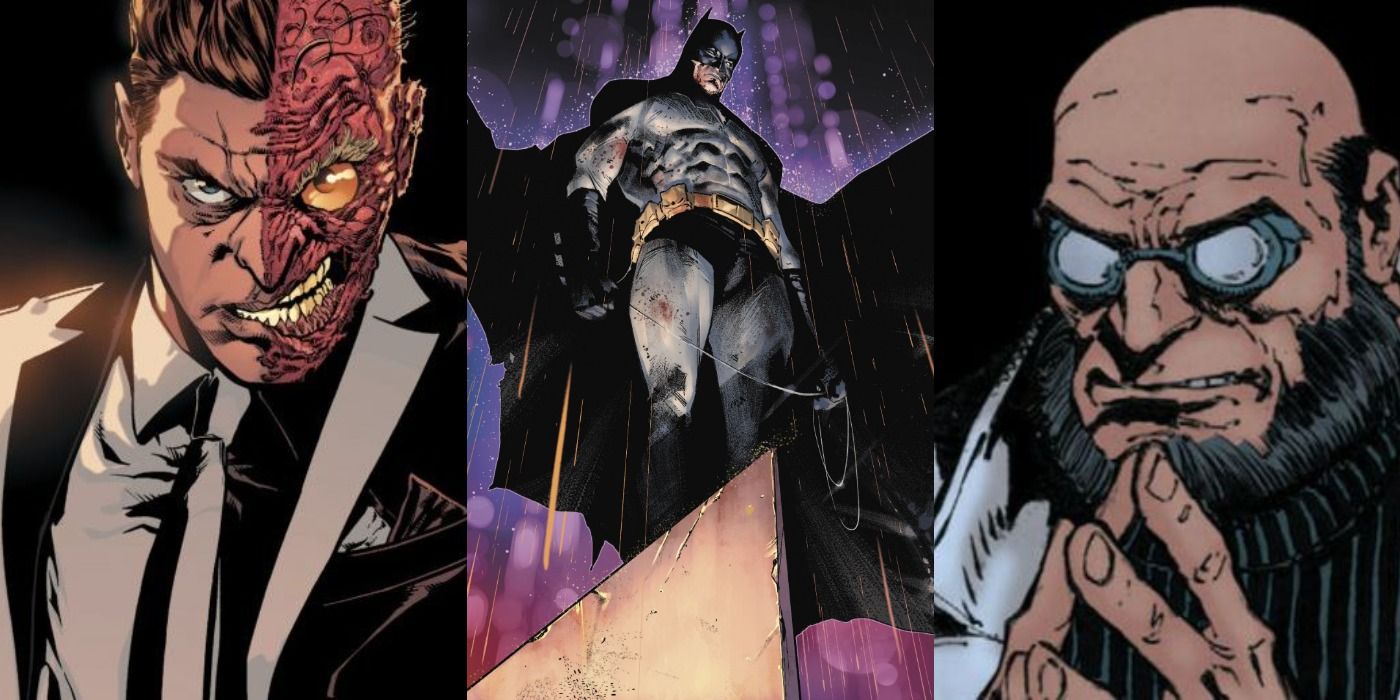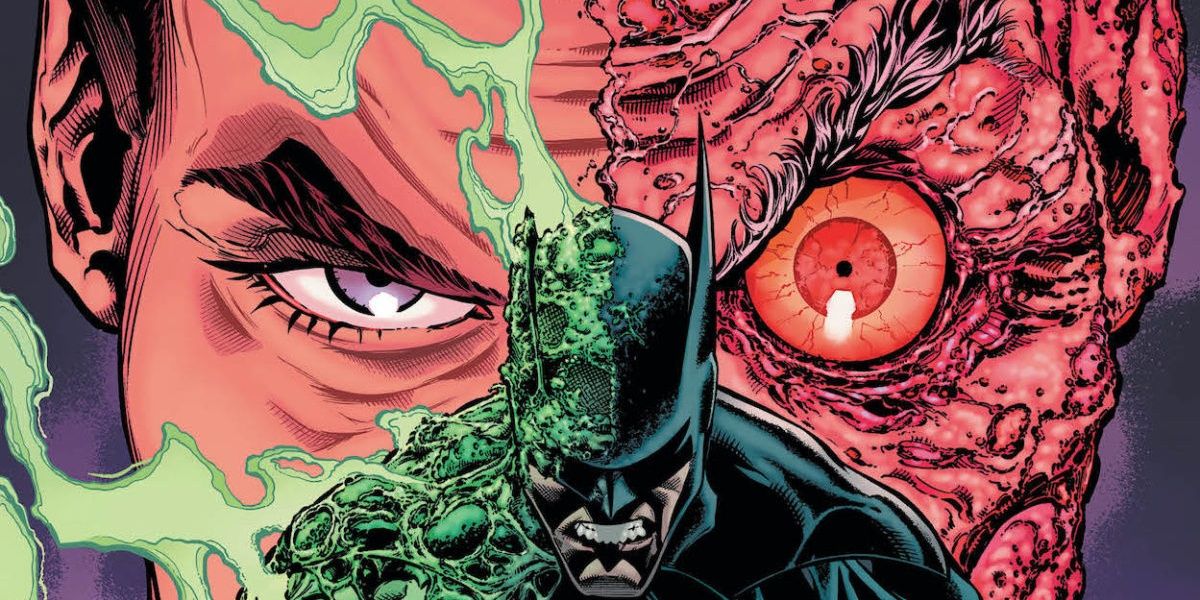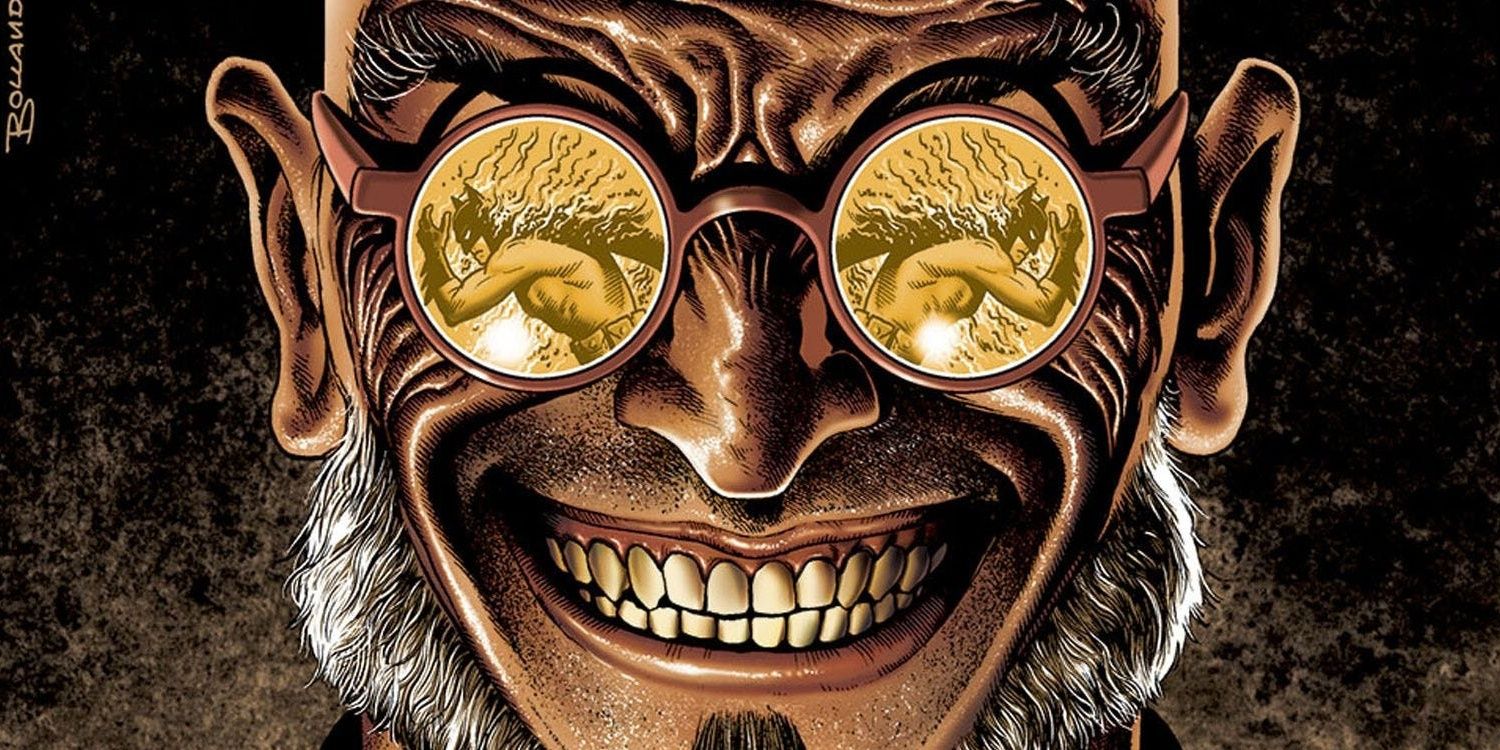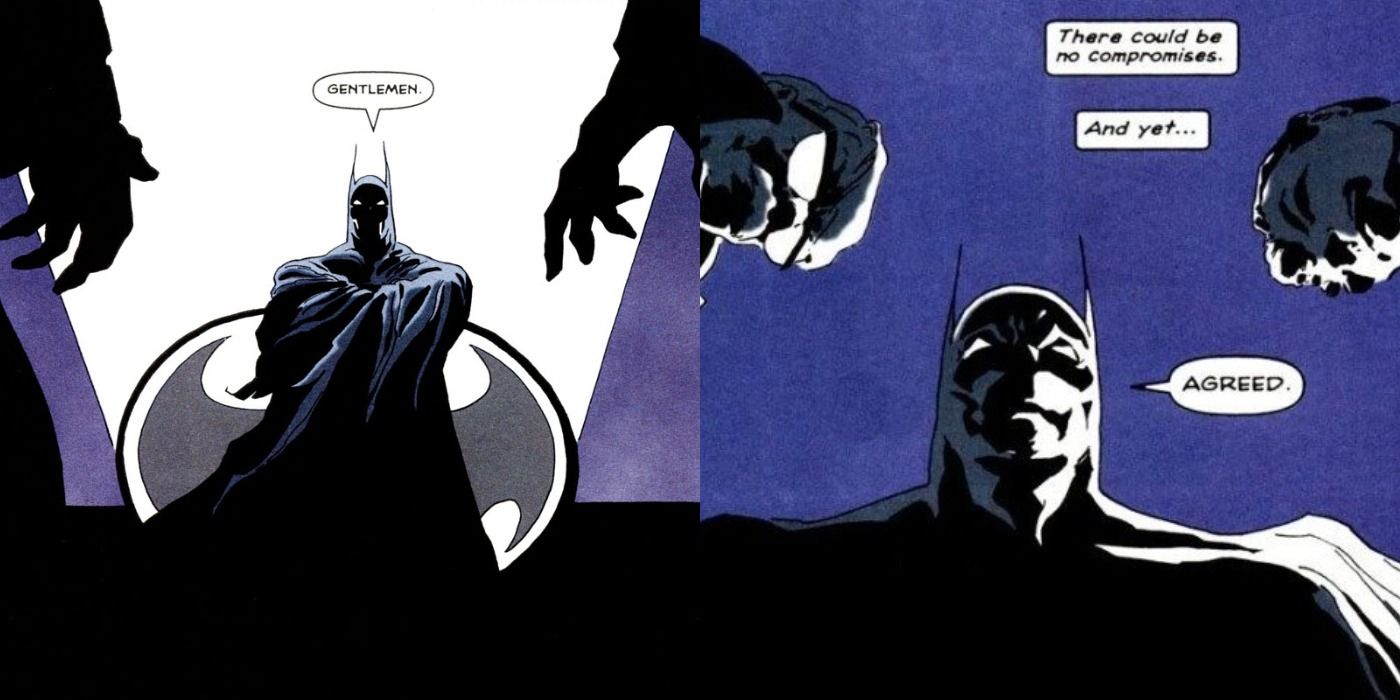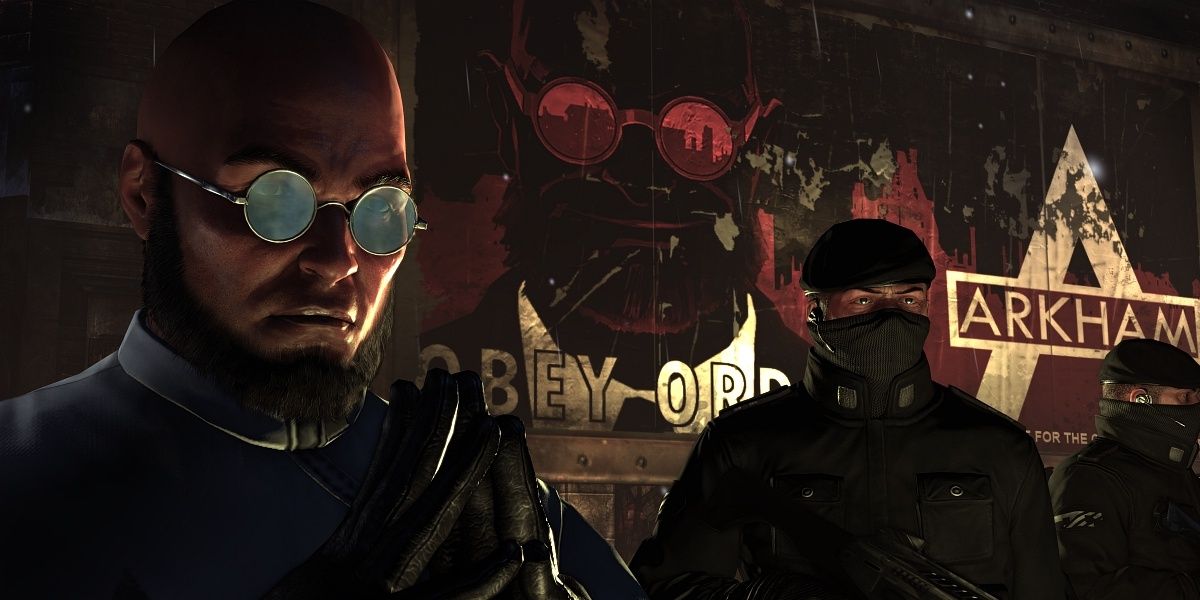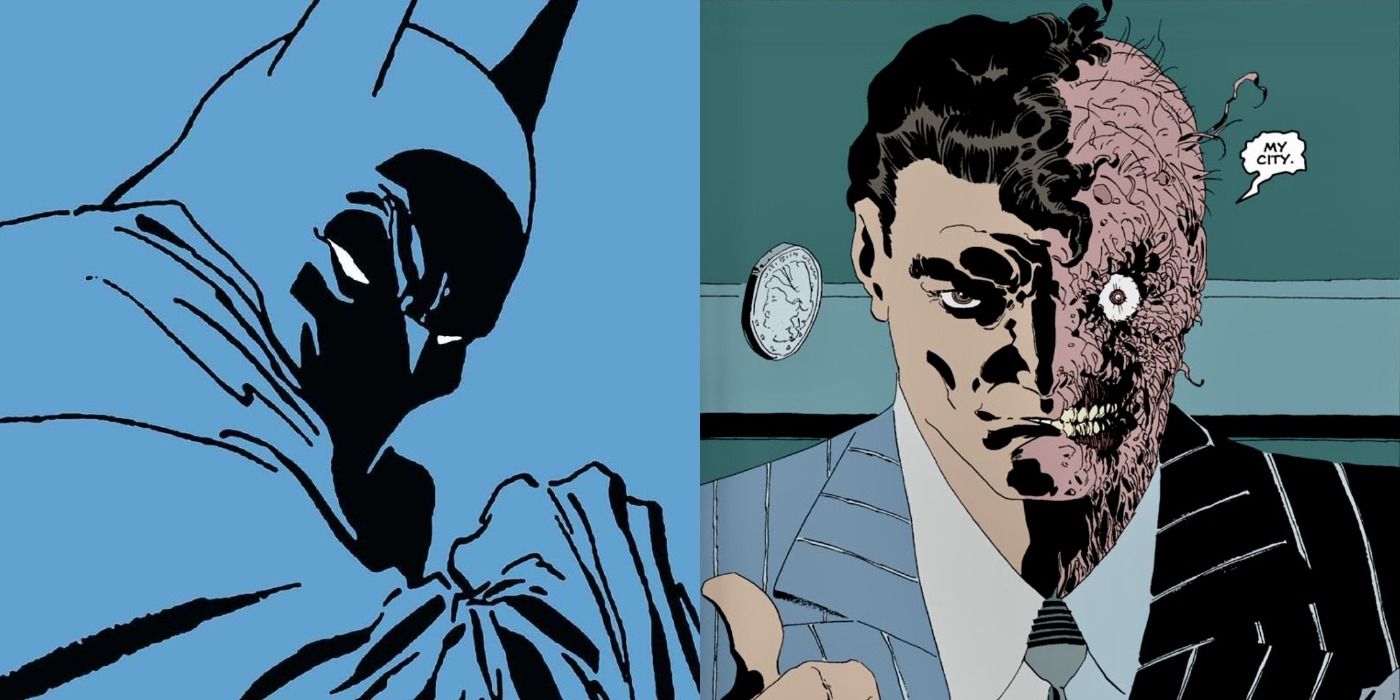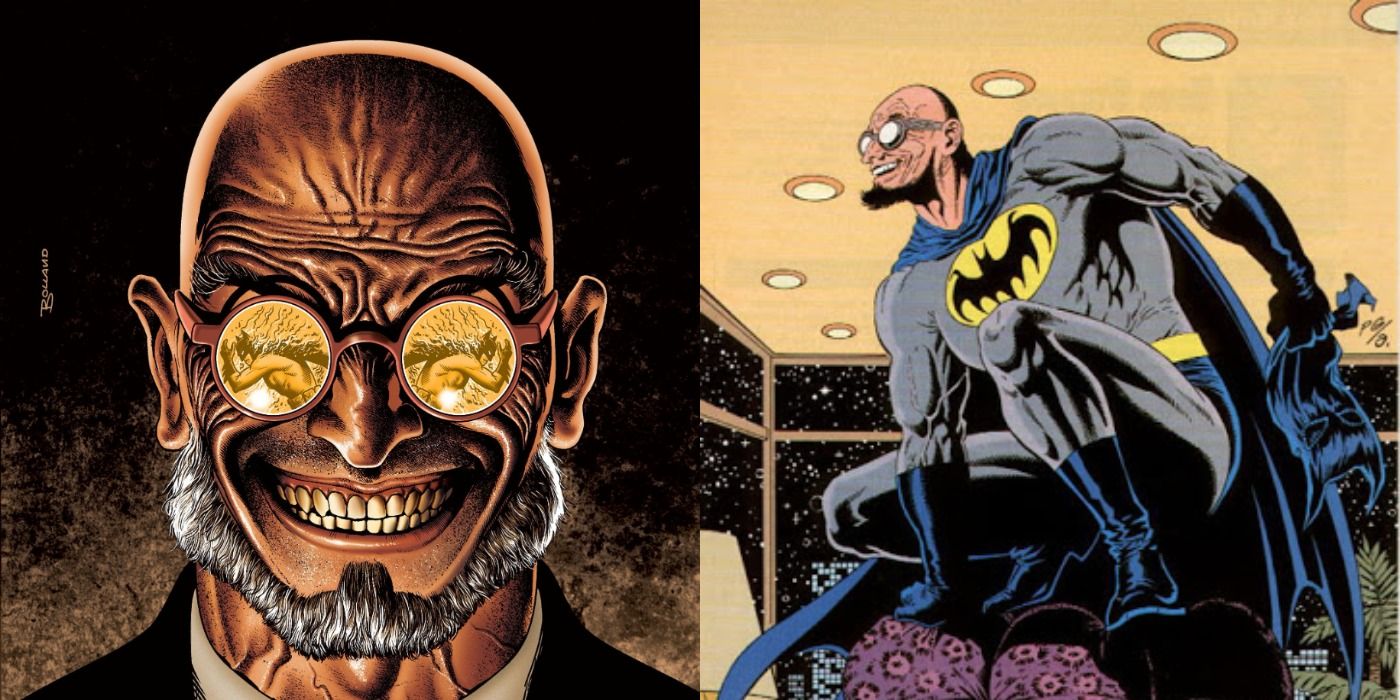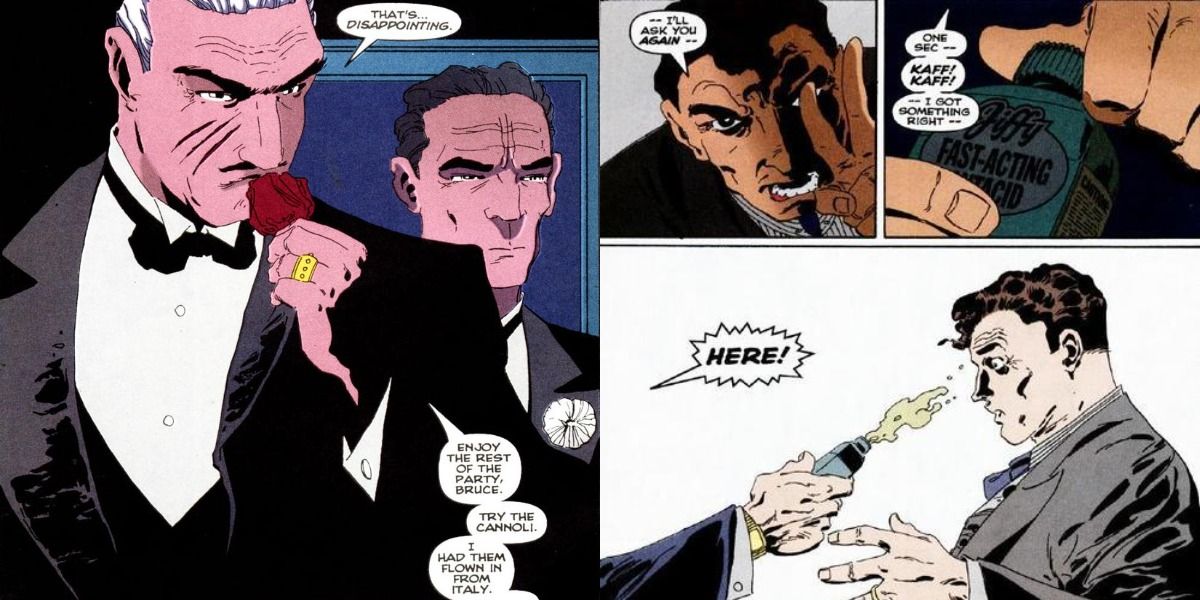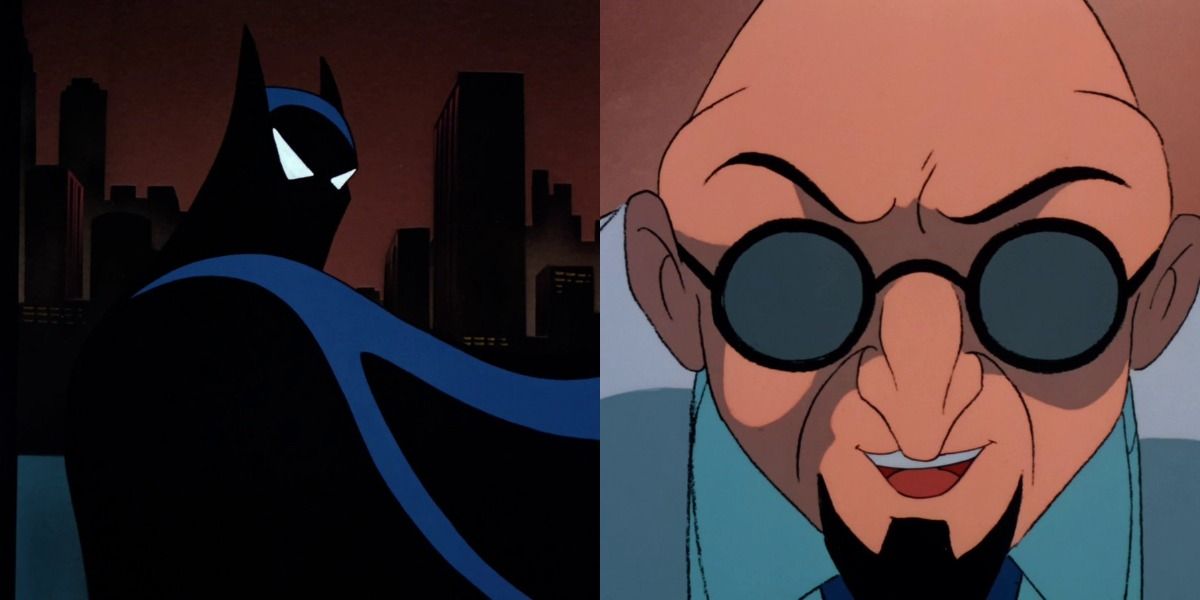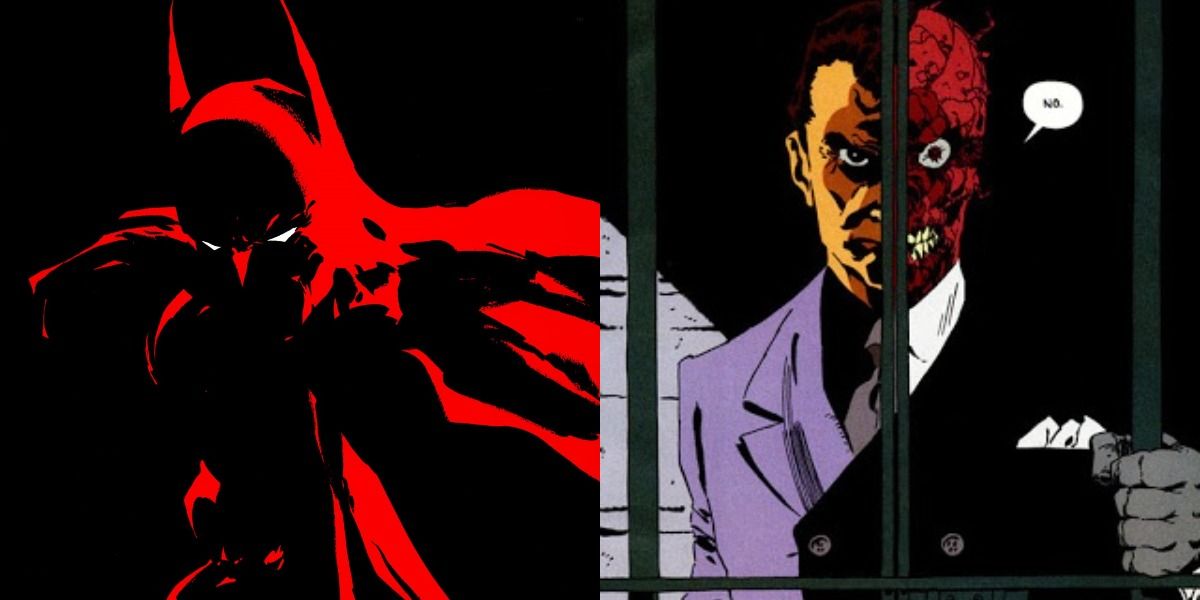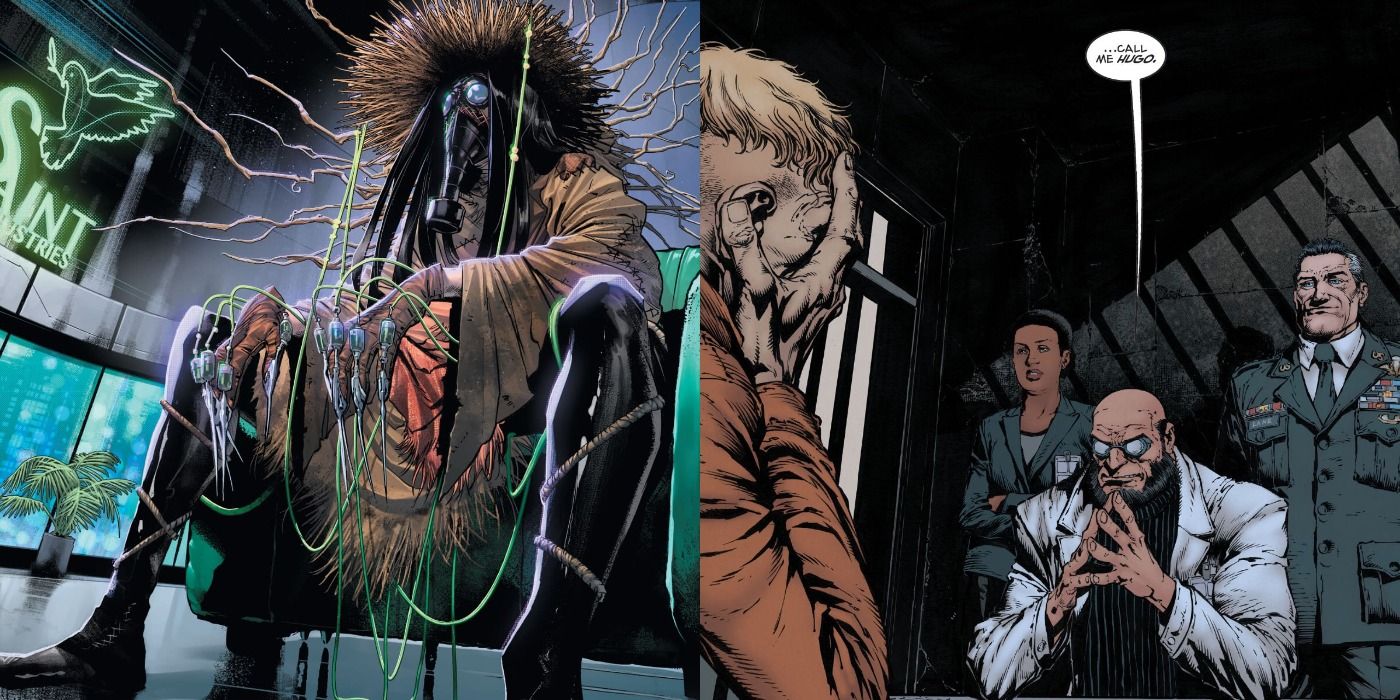With the launch of DC's Infinite Frontier relaunch, James Tynion IV and Jorge Jimenez's Batman run kicks off a new arc with a refreshing--yet classic--villain. Scarecrow seems to finally be set to get the love he deserves, with him so often being away from the spotlight generally. This DC relaunch is a natural time to move things along from major events like The Joker War, and Batman's comics need to see some others rise to the challenge with the creative respect they deserve.
Scarecrow's a fan-favorite, but who should take over the main supervillain role once his time comes to a close? Here's why Two-Face deserves a comeback and why Hugo Strange needs a resurgence more.
Two-Face: One Of Batman's Most Famous Rogues Gallery Members
Aside from the Joker, when it comes to the absolute top-tier supervillains within the legendary Batman rogues gallery, are the likes of Two-Face, Riddler, Penguin, Scarecrow, Poison Ivy, Bane, Harley Quinn (formerly), etc. Should Tynion need another heavy-hitter to follow up on Scarecrow, Harvey Dent's alter ego is an easy option.
Everything depends on the narrative setup, but a good arc with Two-Face headlining opposite Batman would be more than welcome in the mainline comic book series. Should this series look to build up from the basics, Harvey would certainly grab fans' attention on "brand recognition" alone and help the book's longevity.
Hugo Strange: A Supervillain Underdog
In terms of "underdogs," Dr. Hugo Strange could fit the bill purely on the basis of him being a thoroughly compelling villain that doesn't seem to get full recognition and exposure. He featured in Tom King's run but was met with a rather lukewarm audience reception. The character traits he can bring to the table narratively from the antagonistic perspective deserve a resurgence in Batman-related media.
He provides the brains to challenge Batman intellectually instead of through brawn and, more specifically, he presents a deeply psychological threat to the Dark Knight that would surely make a fascinating story with the writing qualities to back him up. He's the perfect catalyst for a psychological-mystery thriller plot.
Two-Face: His Past With Batman
On top of being among the most iconic rogues, Two-Face is also among the ones most deeply rooted in Batman's early days on an emotional/personal level. Even in Frank Miller and David Mazzucchelli's Year One, Harvey Dent had been forging an alliance--and eventual friendship--with Batman. Of course, The Long Halloween brought this to the forefront, completing his fall from grace and rebirth into Two-Face.
In the latter Jeph Loeb/Tim Sale book, it was a trifecta of partnerships and friendships, with Commissioner Gordon included. Batman cites Harvey's fate as one of his greatest failures, with Jason's death likely the first, and reigniting a backstory with such emotional weight behind it would make for a great contemporary Batman arc with Harvey across him.
Hugo Strange: Proved His Worth In Arkham City
Perhaps the most notable Batman story involving Hugo Strange was in the Rocksteady's Arkhamverse video games, specifically Arkham City. The game was critically acclaimed, improving upon its also-acclaimed predecessor in virtually every way. This included the story department, where Strange served as the main supervillain.
While he was ultimately being a lapdog to Ra's al Ghul, Strange nonetheless proved a strong adversary to Batman. He was menacing, with Corey Burton doing an excellent job in emphasizing his methodical, calculated low voice and unique psychotic obsession with Batman. Given the proper writing treatment, comics will be just as powerful a platform for Strange to carry his weight.
Two-Face: Infinite Frontier's Long Halloween
The Long Halloween is one of the most beloved Batman comics in the superhero's 80-plus-year history, and Harvey Dent/Two-Face was a key figure in it. Now with Infinite Frontier underway, Batman can eventually have him poised for a central role that pays homage to TLH in a similar way that The New 52 did with Year One in Scott Snyder's run.
In the latter, Scott Snyder wrote an arc called Zero Year, which essentially was this reboot universe's iteration of Batman's origins in Miller's Year One. Granted, Two-Face already exists and Harvey Dent is "dead" as everyone once knew him, but a story that spirals out of something akin to Harvey's attempted rehabilitation/reintegration from The Dark Knight Returns could be effective as a setup for a grander Two-Face arc.
Hugo Strange: He's More Underused
An easy point in Strange's favor is that he simply is the most underused between him and Two-Face. It's understandable to an extent, as the latter is a great villain and is incredibly iconic in Batman's mythos--and that's a feat when having to deal with Joker in the spotlight so often.
However, the former probably deserves a proper, well-written spotlight in the mainline Batman series more given how underused he is despite his qualities as a character. The idea of a deranged psychiatrist with a deep fixation on the Caped Crusader's psychological workings, desperate to prove his mental superiority is something that should be played with more.
Two-Face: Mirroring Batman's Early Career
Having Two-Face be the supervillain of focus could also inspire a nostalgic homage to Bruce Wayne's early career days as Batman in Year One, TLH, and Dark Victory. Harvey hadn't made his dark descent at that point yet, but given that Two-Face has often operated as a gang leader, a modern story with him could ground a Batman plot by mirroring his time largely dealing with deep-rooted organized crime groups (Falcones, Maronis, etc.).
It'd be a great parallel to the state of Batman's career now versus then. A time before the full-scale "rise of the freaks," but by now bringing back the bad blood where the central figure of organized crime is a former friend makes things infinitely more personal.
Hugo Strange: BTAS Inspiration
The Animated Series is responsible for a good amount of Batman's longevity and beloved status in pop culture. Part of that was for reinventing and highlighting various supervillains in the World's Greatest Detective's rogues gallery. Naturally, some influence from here could work for Strange.
His own focused episode The Strange Secret of Bruce Wayne is an obvious one, but Perchance to Dream is another example, despite being about Mad Hatter. Both episodes could be templates for having Strange bring him and Bruce's psyche to the forefront of an exciting psychological thriller.
Two-Face: Infinite Frontier's Dark Victory
Like with TLH, the direct sequel--Dark Victory--could be a natural next step in an arc that starts and mirrors the former in the current Infinite Frontier branding. By Dark Victory, Harvey has been established as Two-Face for a decent amount of time.
Despite all the moving pieces and players in the plot's mystery, Two-Face still played a key role. As with New 52's Zero Year, a Two-Face arc that reinvents its version of DV could be the big conclusion to a story with him like Zero Year - Dark City was for that continuity's origin tale.
Hugo Strange: Good Thematic Scarecrow Follow-Up
Scarecrow and Strange are different characters, clearly, but both deal with themes concerning the human mind. The former centers on fear, how it works, and how it can be manipulated; the latter delves into the inner machinations of Bruce's mind, what makes him work, and how he drives himself.
With Scarecrow opening up Batman in the Infinite Frontier, Strange making a comeback following The Cowardly Lot arc could make sense thematically. It's a good way of handling--in Gary Oldman/James Gordon's words in Batman Begins--"escalation" in stories revolving around Batman's mind.

